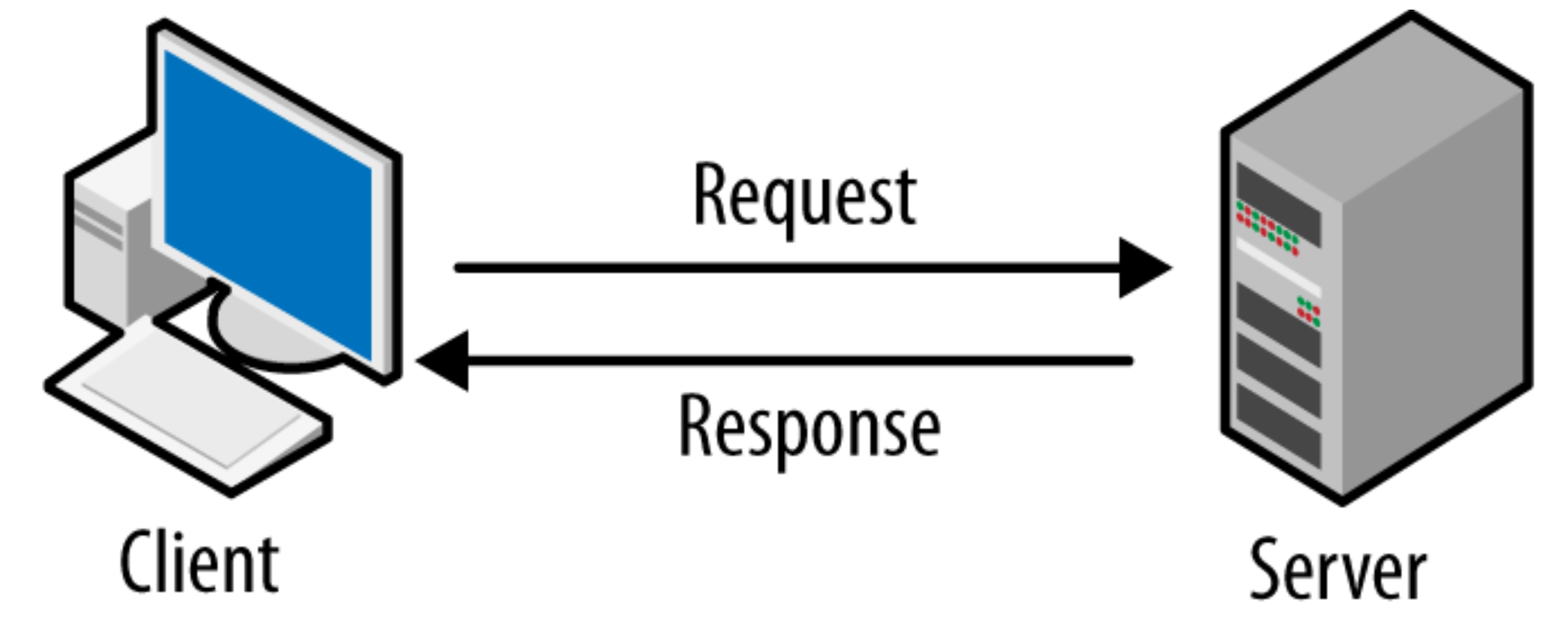Hypertext Transfer Protocol
HTTP stands for Hypertext Transfer Protocol. It owes its popularity to the ubiquity of web applications and its simplicity and ease of use. HTTP is the foundation of any data exchange on the Web. At its core, it functions as a request-response protocol in the client-server computing model.
In the client-server model, the software (system) that sends a request is the client, and the server responds to the request.
For example, to visit a website, you enter its URL in a browser application. The browser sends a request to fetch the HTML document that represents the landing page of the website. The browser in this scenario is the client. It sends its request in HTTP. The request travels from your computer to your modem/router and then through the internet until it reaches a server. A server appears as only a single machine virtually. Still, it may be a collection of computers, sharing the load (load balancing), or a complex piece of software interrogating other computers. The server processes the request, retrieves the requested resource, performs the necessary actions, and sends the response to your browser in HTTP. The browser then interprets the response data and presents you with the web page you want.
